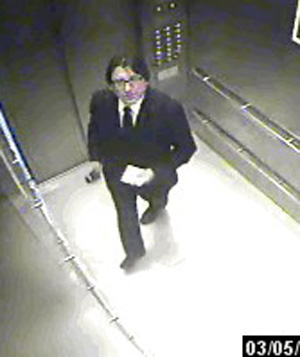
End Child Prostitution and Trafficking (ECPAT) has been trying to enlist the help of hotels in fighting prostitution by agreeing to:
CODE OF CONDUCT FOR THE PROTECTION OF CHILDREN FROM SEXUAL EXPLOITATION IN TRAVEL AND TOURISM
THE SIX CRITERIASuppliers of tourism services adopting the code commit themselves to implement the following six criteria:
|
|
1. To establish an ethical policy regarding commercial sexual exploitation of children.
|
|
|
2. To train the personnel in the country of origin and travel destinations.
|
|
|
3. To introduce a clause in contracts with suppliers, stating a common repudiation of commercial sexual exploitation of children.
|
|
|
4. To provide information to travellers by means of catalogues, brochures, in-flight films, ticket-slips, home pages, etc.
|
|
|
5. To provide information to local “key persons” at the destinations.
|
|
|
6. To report annually.
|
http://www.ecpat.net/ei/Programmes_CST.asp
Human trafficking is the second-largest organized crime in the world. The U.N. estimates more than one million children, the majority of them girls, are sexually exploited each year in the multibillion dollar sex industry.
The ease with which traffickers can use the Internet to sell sex has changed the way the sex trade operates. Instead of working the streets, women and girls are increasingly being sold in hotels.
But ECPAT executive director Carol Smolinsky says many hotels have balked at some of the policies the organization asks them to follow. “When a company signs the code of conduct it has to have a policy against sexual exploitation of children,” Smolinsky says. “Over these years it’s been frankly shocking to me that even the step of having a policy against sexual exploitation has been troubling shall we say for them.”
One of the requirements of the code is that hotels inform their customers of that policy. “One problem we’re having in our industry is some of the things they’re asking the hotels to do,” says Joe Mcinerney, president and CEO of the American Hotel and Lodging Association. “Putting notices in the rooms… they feel that might be an intrusion into customers thinking that maybe there is a problem at that hotel.”









